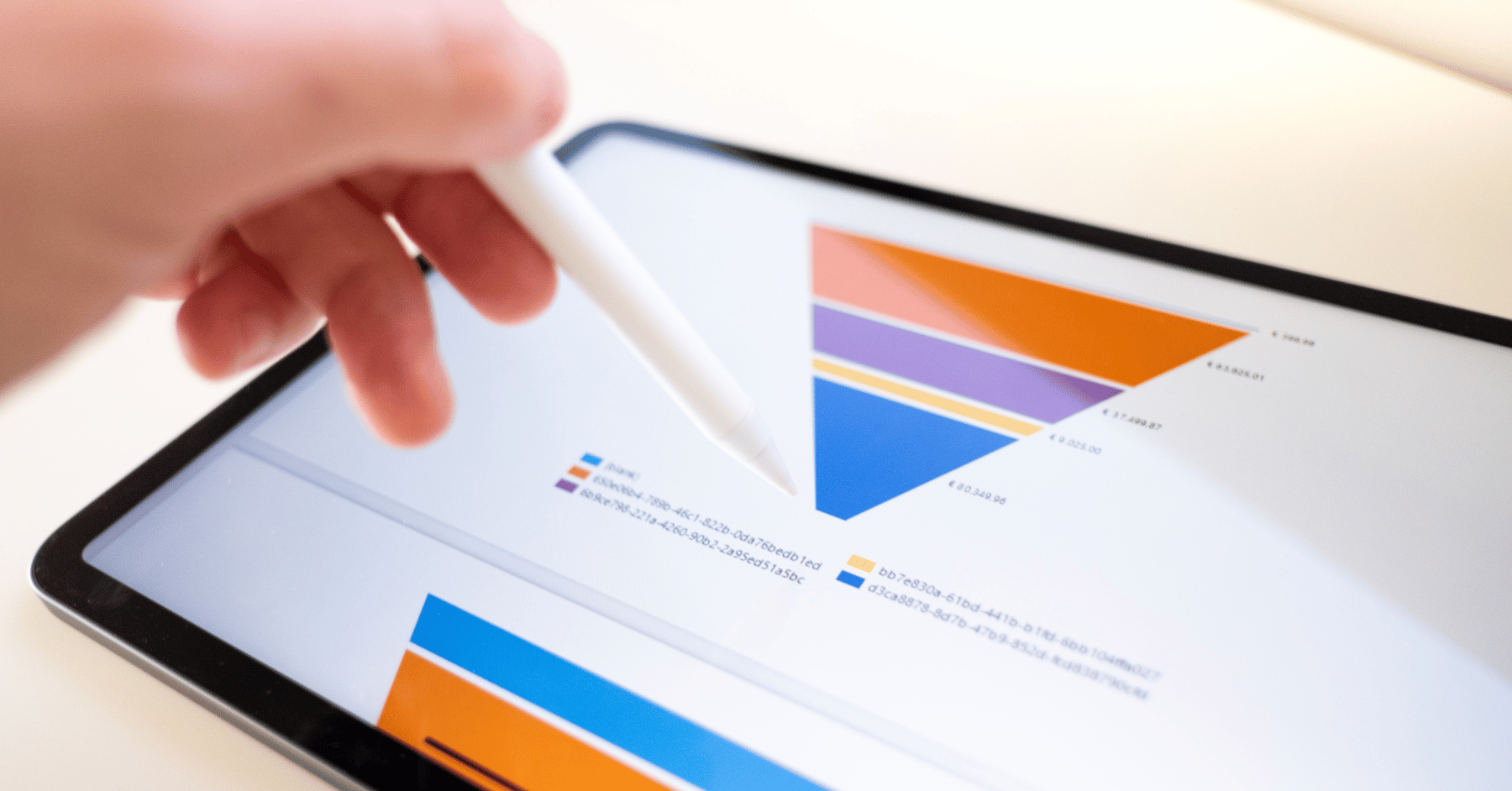In Software as a Service (SaaS) businesses, achieving high conversion rates is crucial for driving revenue and ensuring sustainable growth. Your sales funnel, a structured pathway guiding potential customers from initial awareness to final purchase, plays a pivotal role in this process. “Optimizing Your SaaS Sales Funnel for Maximum Conversions” delves into the essential strategies and techniques to streamline your sales cycle, effectively nurturing leads, and transforming them into loyal customers. Join us as we explore data-driven methods to enhance each stage of your sales funnel, ultimately unlocking the full potential of your SaaS business.
Understanding the SaaS Sales Funnel
What is a SaaS Sales Funnel?
The SaaS sales funnel represents the journey that potential customers take from the initial awareness of your product to the final conversion into paying customers. It typically consists of multiple stages, including awareness, consideration, decision, and conversion.
Why is the SaaS Sales Funnel Important?
The SaaS sales funnel provides a structured framework for guiding leads through the buying process, ensuring that they receive the information and support they need at each stage of their journey. By understanding and optimizing the sales funnel, SaaS companies can improve conversion rates, increase revenue, and drive sustainable growth.
Key Strategies for Optimizing Your SaaS Sales Funnel

1. Targeted Lead Generation: Reaching the Right Audience
Effective lead generation is the cornerstone of a successful SaaS sales funnel. To enhance lead generation, it’s crucial to focus your marketing efforts towards your ideal customer profile with precision. By using data-driven insights and analytics, you can identify your target audience’s demographics, interests, pain points, and behaviors, allowing you to tailor your marketing messages and strategies accordingly.
Use Data-Driven Marketing Strategies
Utilize a combination of inbound and outbound marketing strategies to attract high-quality leads. Leverage content marketing strategies to create valuable, informative content that resonates with your target audience and addresses their pain points. Use search engine optimization (SEO) techniques to ensure that your content ranks well in search engine results, increasing visibility and driving organic traffic to your website.
Harness the Power of Social Media Advertising
Social media advertising offers a highly targeted approach to reach your ideal customers on platforms like Facebook, LinkedIn, and Twitter. Use advanced targeting options to segment your audience based on demographics, interests, job titles, and more. Create compelling ad creatives and messaging that speak directly to your target audience’s needs and desires, driving engagement and conversions.
Implement Strategic Email Campaigns
Email marketing remains one of the most effective channels for lead generation in the SaaS industry. Segment your email list based on factors such as engagement level, purchase history, and demographic data to deliver personalized and relevant content to each subscriber. Leverage marketing automation tools to send targeted emails at the right time, nurturing leads through the sales funnel and guiding them towards conversion.
2. Personalized Lead Nurturing: Building Meaningful Connections
Once you’ve captured leads, nurturing them through personalized communication and engagement is essential. Building meaningful connections with your leads requires a deep understanding of their needs, preferences, and pain points. By tailoring your messaging and content to address these specific factors, you can add value at each stage of the buyer’s journey, fostering trust and loyalty along the way.
Segment Your Audience Effectively
Segment your leads into different categories based on factors such as demographics, behavior, and purchase history. This allows you to deliver highly targeted and relevant content to each segment, increasing engagement and conversion rates. Use marketing automation tools to automate the process of segmenting and delivering personalized content, saving time and resources while maximizing results.
Leverage Dynamic Content Personalization
Dynamic content personalization allows you to deliver unique and tailored experiences to each lead based on their interactions with your brand. Use data from past interactions, such as website visits, email opens, and content downloads, to dynamically adjust the content and messaging presented to each lead. This level of personalization enhances engagement and conversion rates by delivering content that is relevant and timely to each individual’s needs and interests.
Implement Multi-Channel Lead Nurturing Campaigns
Create multi-channel lead nurturing campaigns that leverage a variety of communication channels, including email, social media, and retargeting ads. By reaching leads across multiple touchpoints, you can reinforce your messaging and increase the likelihood of conversion. Integrate your messaging and content across all channels to ensure a consistent and cohesive experience for your leads, amplifying the impact of your lead nurturing efforts.
3. Streamlined Sales Process: Minimizing Friction, Maximizing Conversions
A streamlined sales process is essential for minimizing friction and maximizing conversions in the SaaS sales funnel. Simplifying the buying journey removes barriers and obstacles that may prevent leads from completing their purchase, increasing the likelihood of conversion and driving revenue growth.
Optimize Your Website for Conversion
Your website serves as the primary touchpoint for potential customers and plays a crucial role in guiding them through the sales funnel. Optimize your website for conversion by creating clear and intuitive navigation, streamlined checkout processes, and compelling calls-to-action (CTAs). Ensure that pricing information is readily available and transparent, reducing friction and uncertainty for potential customers.
Offer Multiple Payment Options
Offering multiple payment options allows customers to choose the payment method that is most convenient and preferred for them, increasing the likelihood of conversion. Accept a variety of payment methods, including credit/debit cards, PayPal, and alternative payment solutions such as Apple Pay and Google Pay. Providing flexibility in payment options demonstrates a customer-centric approach and removes barriers to purchase, enhancing the overall customer experience.
Implement a User-Friendly Checkout Process
A user-friendly checkout process is critical for reducing cart abandonment and increasing conversion rates. Simplify the checkout process by minimizing the number of form fields required, offering guest checkout options, and providing progress indicators to guide customers through each step. Additionally, ensure that your checkout process is mobile-friendly, as an increasing number of customers are completing purchases on mobile devices.
4. Effective Sales Enablement: Empowering Your Sales Team for Success
Empowering your sales team with the tools, training, and resources they need is essential for effectively engaging and converting leads throughout the sales funnel. Providing comprehensive sales enablement initiatives ensures that your sales team is equipped to address customer needs, overcome objections, and close deals effectively.
Provide Comprehensive Product Training
Comprehensive product training is essential for ensuring that your sales team understands your SaaS product inside and out. Equip your sales team with in-depth knowledge of your product’s features, benefits, use cases, and value proposition, allowing them to communicate its value to potential customers effectively. Offer ongoing training sessions and resources to keep your sales team up-to-date on product updates and enhancements.
Equip Your Sales Team with Sales Collateral
Sales collateral such as pitch decks, case studies, product sheets, and demo scripts provide your sales team with valuable resources to support their sales efforts. Create visually engaging and informative sales collateral that highlights key selling points, customer success stories, and competitive advantages. Ensure that your sales collateral is easily accessible and customizable to meet the specific needs of each sales conversation.
Leverage Technology for Sales Automation
Sales automation tools such as customer relationship management (CRM) systems and sales engagement platforms streamline the sales process and improve efficiency. Implement a CRM system to centralize customer data, track interactions, and manage leads effectively. Leverage sales engagement platforms to automate repetitive tasks, prioritize leads, and optimize follow-up sequences, allowing your sales team to focus on high-value activities and close more deals.
5. Continuous Optimization and Testing: Driving Ongoing Improvement
Optimizing your SaaS sales funnel is an ongoing process that requires continuous testing, analysis, and iteration. By monitoring key metrics, conducting A/B tests, and identifying areas for improvement, you can refine your sales funnel over time to maximize conversions and drive sustainable growth.
Monitor Key Metrics
Track key metrics such as conversion rates, customer acquisition cost (CAC), customer lifetime value (CLV), and sales velocity to gauge the performance of your sales funnel. Analyze trends and patterns in these metrics to identify areas for improvement and optimization. Set benchmarks and targets for each metric to measure progress and track success over time.
Conduct A/B Tests
A/B testing allows you to compare the performance of different elements of your sales funnel and identify the most effective strategies for driving conversions. Test variations of landing pages, email subject lines, call-to-action buttons, pricing strategies, and more to determine which elements resonate most with your audience. Use data-driven insights from A/B tests to optimize your sales funnel and improve overall conversion rates.
Gather Customer Feedback
Customer feedback provides valuable insights into the effectiveness of your sales funnel and areas for improvement. Solicit feedback from customers at various touchpoints throughout the sales process, such as after a demo or trial period, through surveys or feedback forms. Use this feedback to identify pain points, address concerns, and make adjustments to your sales process to better meet customer needs and expectations.
Conclusion: Unlocking Success with an Optimized SaaS Sales Funnel
In conclusion, optimizing your SaaS sales funnel is essential for maximizing conversions, increasing revenue, and driving sustainable growth. By implementing targeted lead generation strategies, personalized lead nurturing tactics, streamlined sales processes, effective sales enablement initiatives, and continuous optimization efforts, you can unlock the full potential of your SaaS business and achieve success in today’s competitive marketplace.






